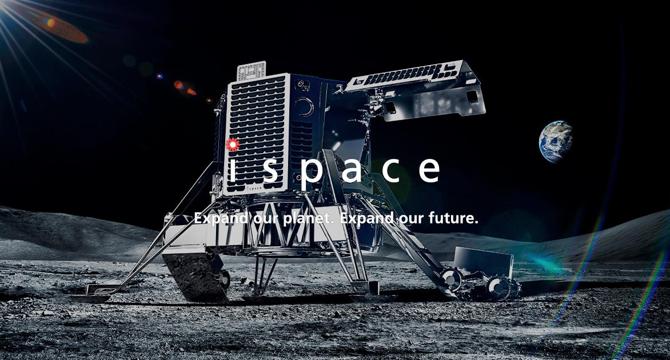Silicon
2w
8

Image Credit: Silicon
ispace Blames Laser for Moon Crash Landing
- Japanese start-up ispace revealed the crash landing reason for its second lunar lander on the Moon due to an anomaly in the Laser Range Finder, resulting in the loss of the RESILIENCE lander.
- The analysis indicated that the Laser Range Finder was slow to measure the spacecraft's distance to the lunar surface, leading to a hard landing and subsequent crash.
- ispace founder expressed regret for the unsuccessful landing, but the company remains committed to identifying root causes and preparing for future missions.
- Despite two failed attempts, ispace plans for a third moon landing try in 2027 with additional tests and improvements to address previous shortcomings.
Read Full Article
Like
For uninterrupted reading, download the app